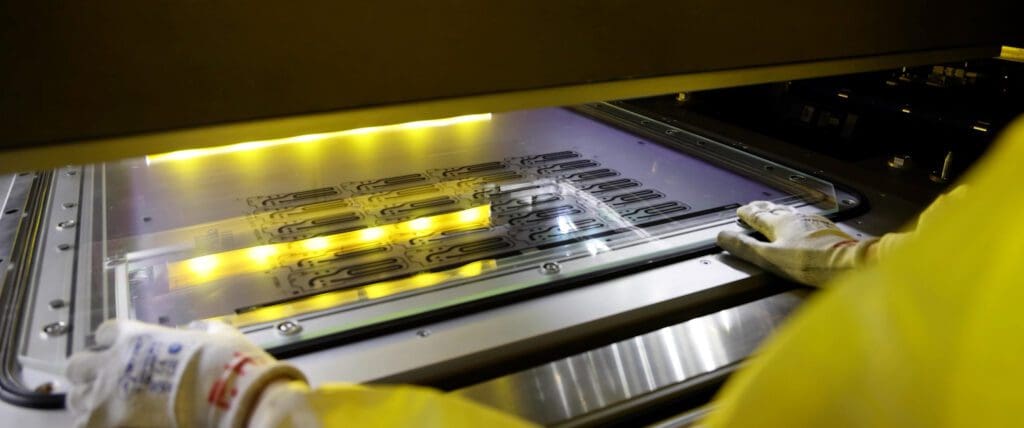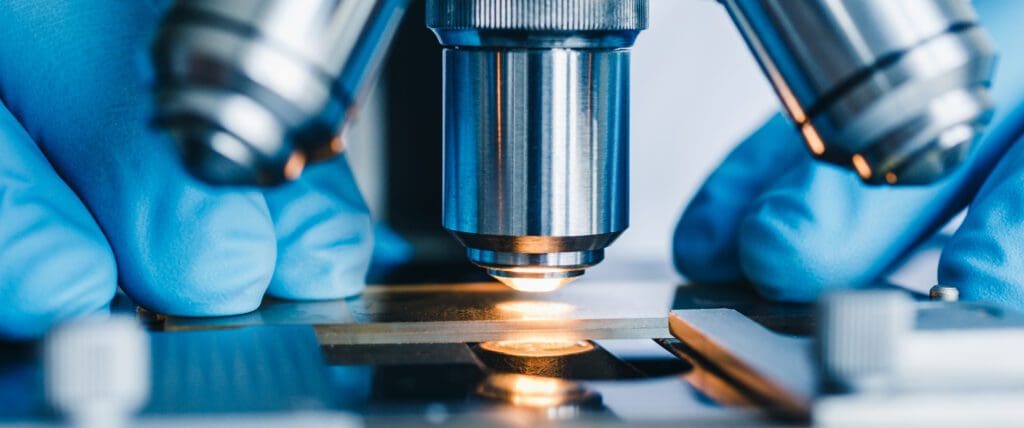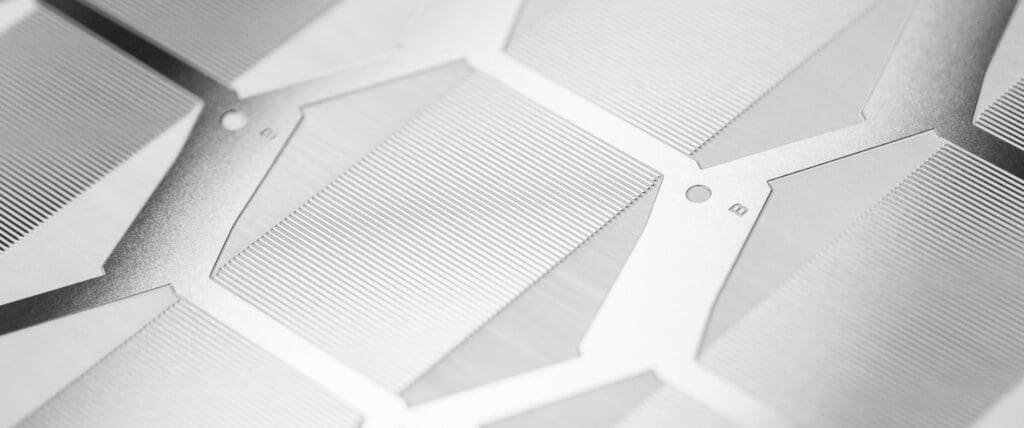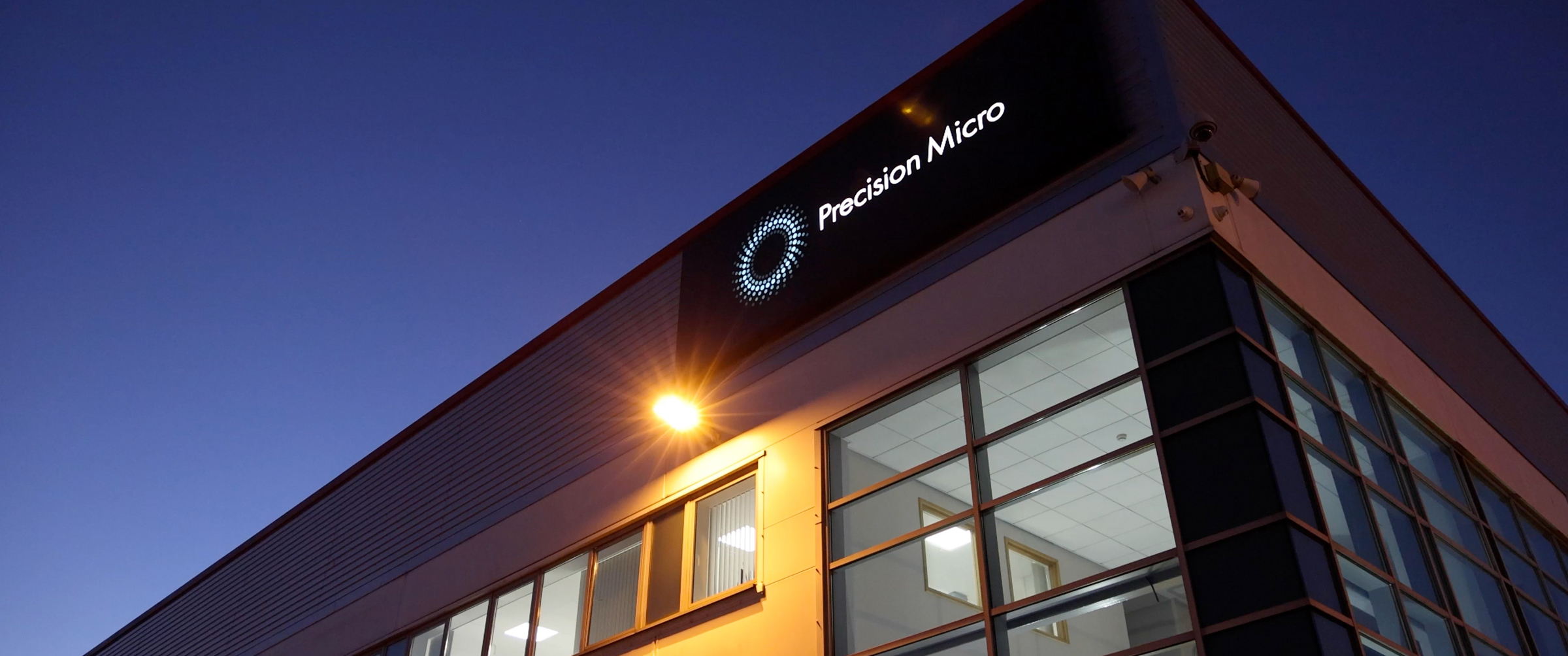A look at chemical etching

In a recent interview with Canadian Metalworking (CM), Karl Hollis, engineering director at Precision Micro, explained the chemical etching process and the metals that can be chemically etched.
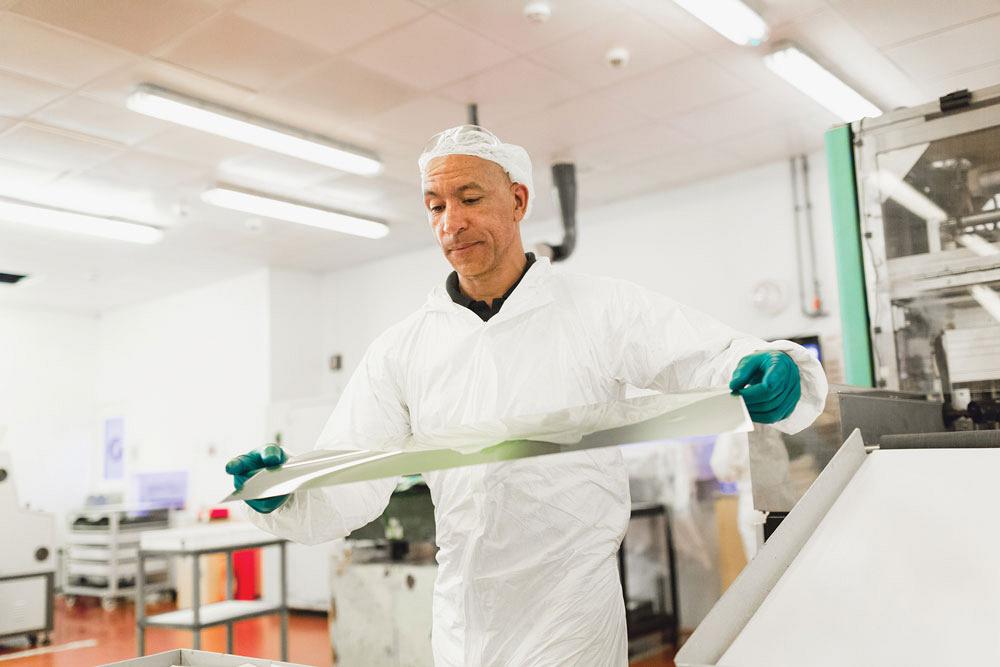
CM: What can be produced using the chemical etching process?
Hollis: Chemical etching can manufacture burr- and stress-free precision metal parts with complex geometries, while maintaining the flexibility to make last-minute design changes and mass-produce multiple different prototypes quickly.
In addition to speed in production, chemical etching is often the most economical option for producing custom parts with complex designs and strict tolerances because, unlike other processes, cost does not increase with design complexity.
Finally, the use of inexpensive and easily reiterated photo tools allows for low-cost trial and error of design configurations.
Common components produced by photo etching include lightweight helicopter air intake grilles and heat transfer plates used in aircraft dehumidifiers and engines.
CM: What metals can be etched?
Hollis: Virtually any metal can be chemically etched, but as with most metal machining processes, some are easier to etch than others.
CM: How do you etch titanium?
Hollis: Titanium is lightweight, strong, and has excellent fatigue performance. These favourable properties, however, prove to be a problem when machining.
Titanium’s high strength, low thermal conductivity, and chemical reactivity with traditional tool materials (at elevated temperatures) significantly reduce tool life when machining. Its relatively low Young’s modulus [stiffness] leads to springback and chatter, causing poor surface quality on the finished product. In addition, during turning and drilling, long continuous chips are produced, which can lead to entanglement with the cutting tool, making automated machining challenging.
The use of chemical etching overcomes many of these issues, but even etching titanium is difficult, because the metal forms a protective oxidized coating when exposed to air, meaning it cannot be etched with standard etch chemistries.
CM: How hard is it to etch aluminium?
Hollis: Aluminium exhibits many of the same attributes as titanium, notably its high strength-to-weight ratio and natural corrosion resistance. But where titanium is stronger and more corrosion-resistant than aluminium, aluminium has a better fatigue limit, which makes it ideally suited to aerospace applications where fatigue limits must be high.
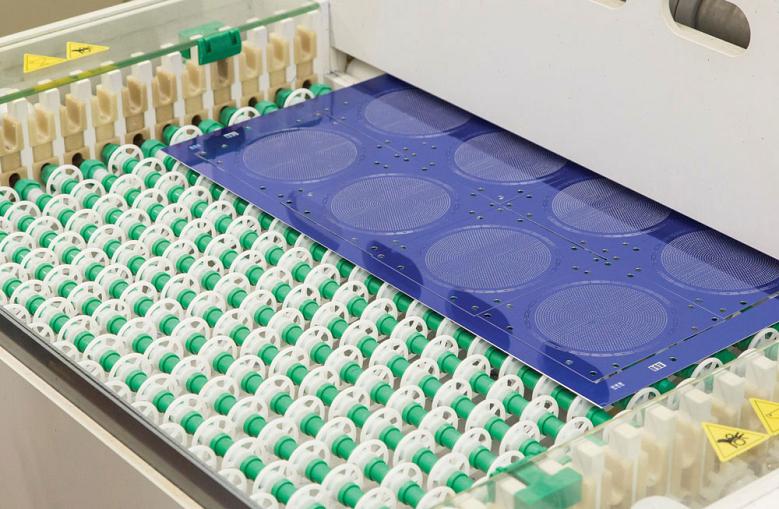
When conventionally machining aluminium, there are a number of problems, the biggest being built-up edge, which is basically the welding of workpiece material to the tool edge. This causes a loss of the tool’s effective geometry, which causes increases in cutting forces and quality problems such as scratches in the surface and cloudy finish.
Aluminium is also difficult to photo-etch effectively because the heat energy it releases during etching often results in a rough, granular edge.
CM: Is it easier to etch steel and stainless steel?
Hollis: While the likes of stainless steel, copper, and nickel are less troublesome to photo-etch, they still require the application of experience and significant investment in processing technologies to optimise outcomes.
Because of its versatility, stainless steel is used in numerous applications in many industry sectors and is a preferred metal in many instances because of its corrosion resistance properties and for the different versatile grades that are available.
Photo etching of stainless steel is commonplace in the production of meshes, filters, and sieves; flexure springs for ABS braking systems; medical biosensors; fuel injection systems; and bipolar plates for liquid-to-liquid or liquid-to-gas heat exchangers.
CM: How do you etch copper and copper alloys?
Hollis: As a relatively soft metal that exhibits high thermal and electrical conductivity, copper etches quickly in standard etch chemistries. And, unlike contact machining processes that can stretch copper out of shape and alter its properties, etching puts no stress on the material.
Copper and its alloys are highly durable, ductile, and malleable, meaning it is well suited to forming and plating post-etching. Electrical contacts, pins, terminals, EMI gaskets, shielding, lead frames, and connectors are common parts etched out of copper.
CM: What about nickel and nickel alloys?
Hollis: Nickel’s high resistance to heat and corrosion make it a popular choice for a variety of parts and components. It also is commonly used as a protective outer coating for softer metals. Very few things are made out of pure nickel, but it is used as a stabilizer. Photo etching of nickel-coated metals is possible, as is pure nickel and nickel alloys.
It is even possible to photo-etch INCONEL®, a high-temperature nickel-based superalloy that exhibits excellent resistance to corrosion, pressure, and oxidation as well as superior heat resistance.
Article first published in Canadian Metalworking, January 2020
Chemical Etching Whitepaper
Learn how chemical etching can overcome the limitations of traditional sheet metal machining technologies.
Download